Featured
What you should know about being a stock trader
Before one takes a leap of faith in investments, it’s crucial to educate oneself about traders’ secrets to living the life at Wall Street.
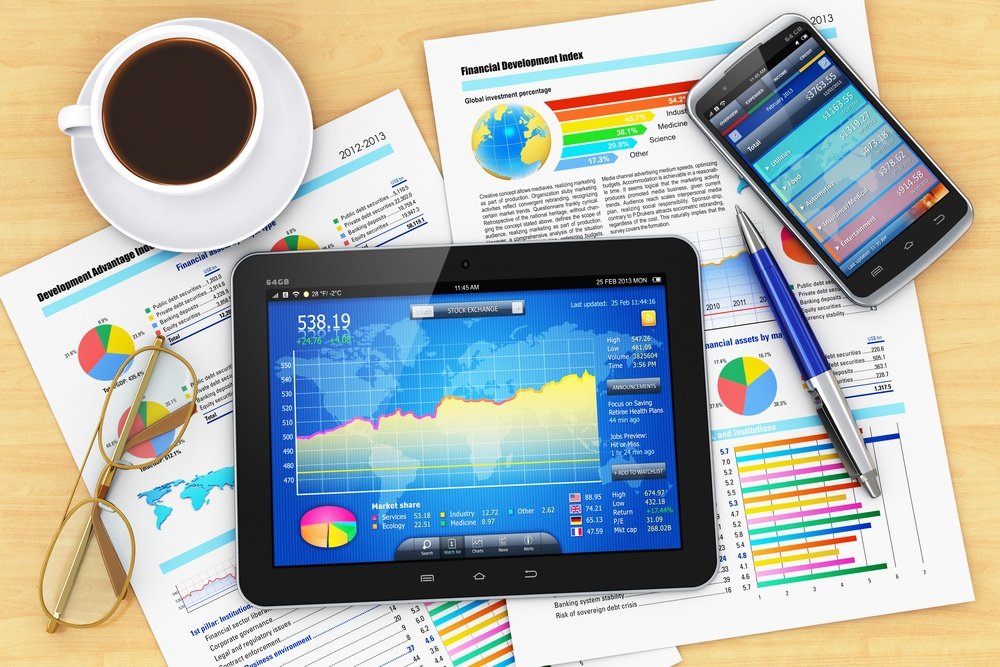
1. What does a stock trader actually do?
The life of a trader is often glamorized by films such as “The Wolf of Wall Street” and “Margin Call”—a view that is shared by many who have no direct experience with the wider investment industry. It is also true that different types of traders have very different workloads. Trading emerging markets is not the same as trading FTSE stocks or the forex markets.
Let’s start by defining what traders, broadly speaking, actually are: “Professionals in finance who buy and/or sell assets on the financial markets.”
These are people who usually have a background in finance, either through traditional education (think degrees in finance, accounting, economics, investment management, etc.) or through practical experience at companies working within financial services.
This is to say that the day-to-day activities of a trader are to either buy assets (such as stocks, futures, commodities) or to sell assets (such as stocks, forex, bonds). Two distinct roles in trading can be summed up in the Buy side, and the Sell side in terms of execution.
A broader categorization would include participants within the financial markets who trade securities. This encompasses independent traders working from home to large multinational financial institutions which see billions of dollars a day flow from and to their order books.
The Buy side
The Buy side is concerned with purchasing assets, and this generally involves taking orders from management or clients and then sending those orders to the broker to be executed. This role is being gradually replaced by technology, specifically automation and AI, and it’s hard to see a future for buy side traders 20 years from now. There is also a distinctly bad reputation associated with buy side traders. These are often just messengers and have been known to treat brokers with incredible hostility and bitterness over recent years.
The Sell side
Alternatively, the Sell side is just the opposite—these traders are only concerned with selling positions either the firm or the firm’s clients hold. Again, technology is eliminating this role over time, and today both buy and sell side traders simply take a message and pass it along either electronically through an online platform or via telephone for the perhaps more traditional establishments.
Private hedge fund managers
Many successful traders have gone on to start hedge funds with private companies and from private investors. This is a highly privileged position to be in, as hedge fund managers are in control of both the broad strategy for the investments and receive the greatest compensation should the strategy be profitable.
Private portfolio managers
Portfolio managers working at a private company, such as a large hedge fund, is again a much sought after position. Portfolio managers generally create a positive or negative selection portfolio, which allows them to implement their own strategy to make the best returns with the least risks—although these parameters are often set outside the control of the individual portfolio manager. The same also exists within commercial banking, but it is usually more focused on creating a very balanced portfolio that exists to hedge risks as opposed to making real returns.
Analysts
Analysts do the number crunching and quantitative prep work for the portfolio or hedge fund managers. This role involves applied finance and taking a close look at various assets fundamentals. These include the balance sheet, income statement and cash flow statement for analysts looking at stocks. This is usually a relatively junior role, and those who are successful here tend to become traders, portfolio managers and eventually hedge fund managers over the course of a successful career.
Investment banking
There are still plenty of traders left at investment banks, despite the decline over the last few decades. As much as 90 percent of the time is spent dealing with clients such as hedge and pension funds.
Proprietary trading
This type of trading can happen in two ways—the first where small investors at home use their own capital to trade for a direct gain, or commercially where a firm uses its own capital to make trades to be the prime beneficiary of the rewards should the trade go well. This is in contrast to how hedge funds would normally just earn a commission. By also utilizing internal capital, the firm is able to take larger risks, which tend to come with the larger rewards.
Here’s another interesting fact: “Only six percent of candidates end up making it as a professional trader,” according to Business Insider in 2011.
This statement alone shows just how competitive the industry is, and to make a successful career is even harder, with only about 5 percent of traders ever making it to a managerial level.
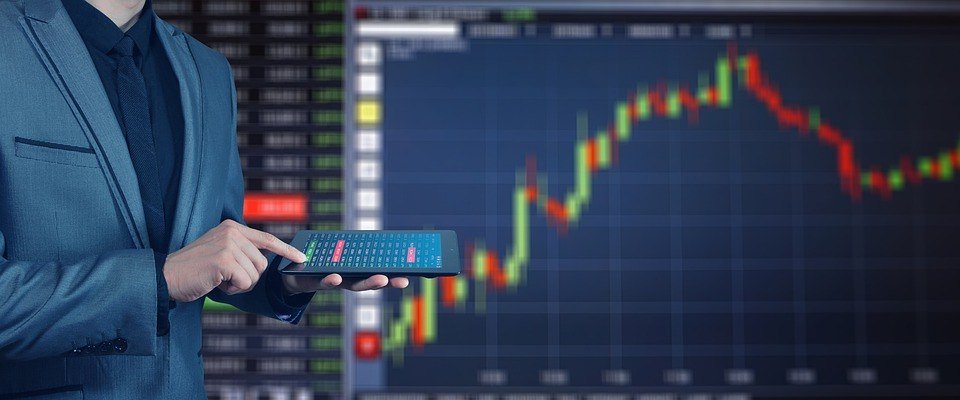
Only 5 percent of stock traders move up to managerial level. (Source)
2. How does 8 hours day break down?
| 6:00 AM | Traders usually start the day at 6:30 a.m. and start to catch up on news that broke overnight that may A) affect current positions or B) provide opportunities for new positions. These changes are digested, and areas of special interest are noted for further analysis later. |
| 7:00 AM | Arrive at the trading floor at 7:30 a.m., 30 minutes before markets open. This is the time where traders prepare themselves for the day. It also serves as an opportunity to talk to colleagues. For most hedge funds and other long-term traders, team meetings will happen in the morning to ensure all traders are up to speed and playing from the same game plan. |
| 8:00 AM | Markets open: based on the overnight news, there may be buying/selling activity to adjust the traders’ portfolio based on the latest information. Many traders prefer not to trade at the market open due to higher volatility as traders from around the world react to the overnight news. |
| 9:00 AM | A common task around 9:00 a.m. would be to scan the market for short-term opportunities, or to catch up on fundamental company analysis of companies on the watch list. |
| 10:00 AM | Continuation of analysis or opportunity seeking based on the traders own intuition, experience and judgment. This is also prime time for internal meetings with the team and meetings with clients, potential clients, etc. |
| 11:00 AM | Here we see lower volume and volatility, and so short-term opportunities diminish, traders are thinking about lunch at this point. Finishing up financial models and analysis done in the morning. Another prime time for meetings with the team and clients. |
| 12:00 PM | Most long-term traders take lunch, some short-term traders will stay at the desk as timing can be critical to a successful day. |
| 1:00 PM | As investment banks and other major institutions return from lunch, volatility in the markets increases and short-term traders get back to work. Long-term traders generally get back to analysis, risk management or strategy functions with only a cursory interest in the current market prices and volatility. |
| 2:00 PM | Day traders will spend this time monitoring positions and executing trades as necessary. Long-term traders use this period in a variety of ways, as mentioned above. |
| 3:00 PM | Short-term traders now think about closing existing positions and stop looking for new opportunities. This is also where the administrative functions of canceling unfilled orders, or for long-term traders, finalizing analysis of the day and presenting it to stakeholders. This is the last chance to exit positions for the trading day. |
| 4:00 PM | The markets are now closed. Traders often look back at the day, seeing what went well (and what didn’t). Management will often check in and with it, bureaucracy and paperwork. |
| 5:00 PM | Time to leave the office and go home. The advent of the mobile internet means most traders are now reading the latest financial news, following commentary and thinking about the strategy for tomorrow. |
| 6:00 PM | If all went well, arrive home, if not then it’s likely the trader will still be at the office working to meet the deadline of the day, from financial models to briefing management and clients. |
| 7:00 PM | Outside of the general workday, traders will spend much of the evening doing research and analysis—everything from learning about the markets to experimenting with financial models to taking an advanced excel course. |
3. Why you might want to be a stock trader
We meet a lot of traders, it’s what we do—and here are a few top reasons traders we spoke to continue to do what they do.
Love the game
Many traders are extremely fond of the game that is the financial markets. Day traders talk about the rush as a fast-paced action that runs from 8 a.m. to 4 p.m., five days a week. The same holds true for long-term traders, and while lacking the constant adrenaline of day trading, the highs of closing a trade that’s been ongoing for months is just as great a feeling—the analogy one trader used was whereas day traders get Christmas every day, long-term traders get all of their Christmases at once, four to five times a year.
Financial freedom
This is not just about the ability to make a living from trading and the financial markets, but from having the knowledge and understanding of the world of finance to make sound financial decisions, whether that be in deciding between a fixed and variable mortgage, or the best ways to allocate capital to save for school fees.
Intellectual challenge
There is undoubtedly both an intellectual and an emotional challenge in trading successfully. While it is said that day traders trade emotion, long-term portfolio managers trade on intellect and sound financial decision making.
Style and expression
Traders all trade differently, from value investors to crypto speculators, each trader develops a style and method of trading that fits their way of life and the perception they have of the world around them. If you are emotional, in-tune with the wider world, then day trading can be exceptionally profitable. The same holds true for value investors like Warren Buffett, a trader who enjoys digesting and analyzing reams of company reports to find what Buffett calls “Great companies at fair prices.”
(Featured Image by DepositPhotos)
—
DISCLAIMER: This article expresses my own ideas and opinions. Any information I have shared are from sources that I believe to be reliable and accurate. I did not receive any financial compensation for writing this post, nor do I own any shares in any company I’ve mentioned. I encourage any reader to do their own diligent research first before making any investment decisions.

-

 Markets5 days ago
Markets5 days agoRice Market Update: Prices Dip Amid Weak Exports and Global Pressure
-

 Crowdfunding2 weeks ago
Crowdfunding2 weeks agoAI Venture Builder Closes Major £2.5M Round, Strengthening Its Role in Europe’s AI Ecosystem
-

 Impact Investing3 days ago
Impact Investing3 days agoEU Expands Leadership in Sustainable Finance with Record Green Bond Impact
-

 Fintech1 week ago
Fintech1 week agoSwiat Secures BaFin Approval and Accelerates Europe’s Digital Securities Infrastructure


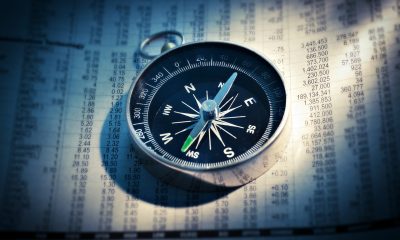

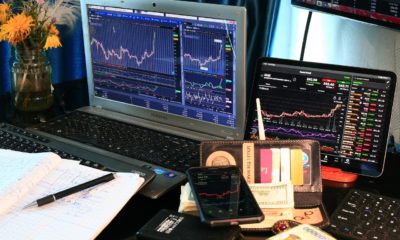



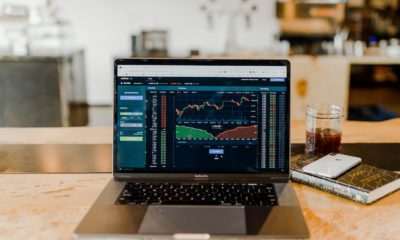

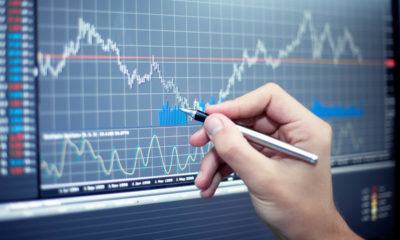














You must be logged in to post a comment Login